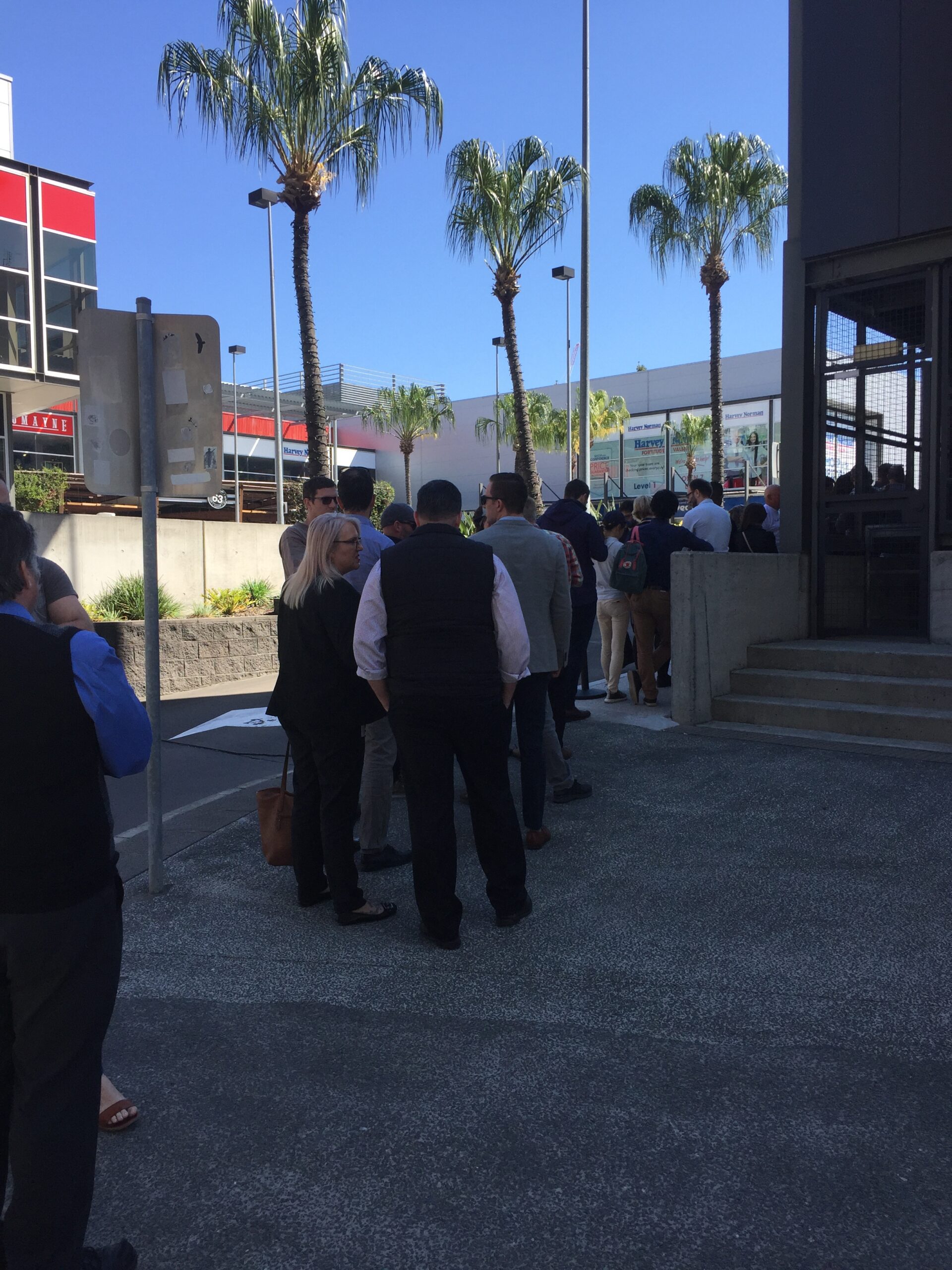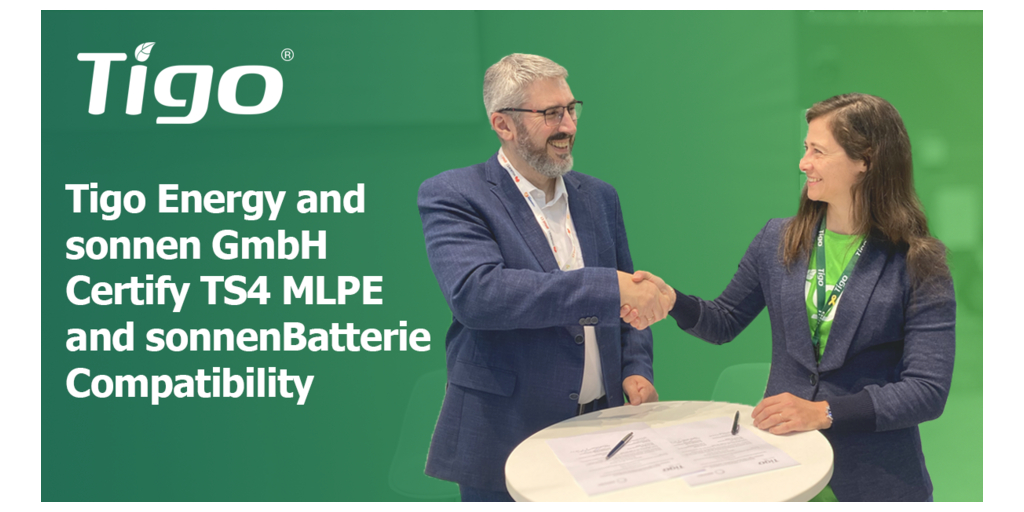Support CleanTechnica’s work through a Substack subscription or on Stripe.
It makes sense that adequate compensation is a primary driver of human workforce behavior. At least that’s the case in the western world, where we’re grounded in capitalism. More precisely, though, does increasing the compensation of CEOs improve firms’ profitability? This question is relevant in light of publicly-traded Tesla and its shareholder decision to elevate CEO Elon Musk’s financial situation beyond any single person’s realistic dreams.
Musk’s new compensation plan awards him up to roughly $1 trillion in stock if certain targets are met, including 10 million active Full Self-Driving subscriptions and 1 million robotaxis in commercial operation over the next decade. Leadership, especially at a strategic level, is a vital predictor of product innovation, and Musk has proven in several ways that his vision has marketplace applicability.
The 75% Austin vote in favor of his compensation package was a clear endorsement of Musk at the Tesla helm. It also comes at a time in which Tesla confronts plunging sales, diminishing market share, and flaccid profits — much of which is due to Musk’s political behaviors and his tendency to promote conspiracy theories. He’s turned off many of the very consumers on which the company depends.
Musk’s financial incentives have the potential to hoist him into the remarkable position of the world’s first trillionaire. But can such positive reinforcement hold his attention long enough so he accomplishes the lofty goals set before him? Economists and psychologists wonder.
Musk’s Financial Picture: An Examination of Motivation or Fear?
The Tesla board has created Musk’s pay package in a way that he must meet a number of financial and operational targets, including increasing the value of the company on the stock market nearly six times its current level. He must deliver 20 million Tesla electric vehicles to the market over 10 years, which is a heady goal considering the amount of EV competition the company now faces.
Motivation plays a vital role in the development of organizations. In the workplace, employees who are motivated generate the most effective performance. But what about CEOs like Elon Musk?
Musk has a track record of distractability and is easily deterred from Tesla’s overarching objectives. Over the last few years this tendency has been compounded by escalating global economic dilemmas, with lower Tesla company growth than had been anticipated. A mantra continues to be true: “Elon is Tesla, Tesla is Elon.” To paraphrase the Delaware judge who previously overturned Musk’s award on two separate occasions, “The board is Musk, and Musk is the board.”
CEOs affect a work force’s behavior by shaping organizational structure and innovative culture. Relational leadership — those interpersonal relationships shared among higher and lower echelon staff — is an important aspect of Musk’s financial incentives and leadership expectations. What actually happens in the space between Musk and his staff? Musk has threatened workers who express an interest in unionization.
This year qualified Tesla employees have jumped ship in what has seemed like a mass exodus. Musk has pushed employees to work longer for less money while FSD, the Cybertruck, robotaxis, the Semi Class 8 heavy duty truck, and a 50% EV sales increase every year. As our CleanTechnica colleague, Tina Casey writes, “All of these have been delayed, fallen short of expectations, or fallen way short of expectations.”
Misunderstandings about the Influence of Compensation on CEO Performance
Generally, it is assumed that CEO pay-for-performance results in positive firm outcomes. One constant reason for this thinking is that CEO pay is sensitive to stock returns — a tradeoff between incentives and risk sharing that underlie the use of pay-for-performance. Traditionally, however, research has not supported this underlying conviction.
An iconic (2000) study examined two moderating risk variables that capture this trade-off and significantly shape the pay-for-performance relationship: a firm’s business risk and the standard deviation of its stock returns. Even at the turn-of-the-twenty-first century, at higher levels of pay-for-performance sensitivity, the future performance of higher risk firms was more negatively related to sensitivity than for lower risk firms.
In 2016 Marshall and Lee analyzed whether CEO pay reflects long-term stock performance and found that it does not. Companies that awarded CEOs higher pay incentive levels had below-median returns based on a sample of 429 large-cap US companies observed from 2005 to 2015. On a 10-year cumulative basis, total shareholder returns of those companies with total summary pay below their sector median outperformed those companies where pay exceeded the sector median.
Why was this? CEO risk aversion limits the benefits from incentive pay, and, when too much risk is placed on the CEO, firm performance suffers.
Analysts over the years have emphasized a narrow range of incentive-compatible policies that align performance with pocketbook consequences. Yet recent Nobel Prize-winning economists, Esther Duflo and Abhijit Banerjee, argue that “financial incentives are nowhere near as powerful as they are usually assumed to be.” These economists were part of a team that surveyed 10,000 Americans in 2018.
- Only 52% said they would move for a job.
- Of respondents who were actually employed, this number was only 32%.
- For 72%, an increase in taxes would “not at all” lead them to stop working.
- Only 13% declared they would probably work less if they received Medicaid without a work requirement.
- If universal basic income became common, only 12% said they would stop working.
The conclusion? “Everyone else responds to incentives, but I don’t.”
A common belief is that offering higher compensation to CEOs compared to other top executives or average employees can help firms protect or enhance their profitability during these uncertain times. Yet a 2025 study of return on assets, return on equity, and profit margin says otherwise: findings suggest that increasing CEO pay relative to the average employee, a firm’s president, or the VPs does not translate into improved profitability for these firms. In essence, the increase in CEOs’ relative compensation in recent years has been excessive and not supported by their profitability results.
Final Thoughts about Musk’s Financial Incentives
So what can we conclude about Musk’s windfall and its association with Tesla valuation?
“Musk, who spent $270 million to get Trump elected, is now in line to become a trillionaire,” Senator Bernie Sanders (I-VT) wrote on X. “Meanwhile, 60% of our people are living paycheck to paycheck. Americans understand we’re living in a rigged economy. Together, we can and must change that.”
The Sunrise Movement, a youth-led climate group, noted the uncertainty over federal food aid in response to the Tesla vote, saying, “Meanwhile, millions of kids are losing SNAP benefits and healthcare because of Musk’s allies in DC. In a country rich enough to have trillionaires, there’s no excuse for letting kids go hungry.”
Tesla shares, already up 80% in the past year, rose on news of the vote in after-hours trading but then flattened basically unchanged to $445.44. Expected enthusiasm for a Tesla turn-around may have already petered out.
Sign up for CleanTechnica’s Weekly Substack for Zach and Scott’s in-depth analyses and high level summaries, sign up for our daily newsletter, and follow us on Google News!
Have a tip for CleanTechnica? Want to advertise? Want to suggest a guest for our CleanTech Talk podcast? Contact us here.
Sign up for our daily newsletter for 15 new cleantech stories a day. Or sign up for our weekly one on top stories of the week if daily is too frequent.
CleanTechnica uses affiliate links. See our policy here.
CleanTechnica’s Comment Policy




